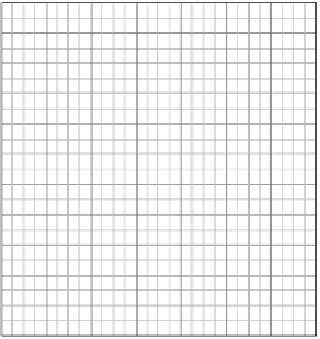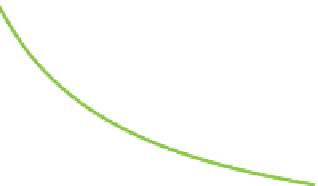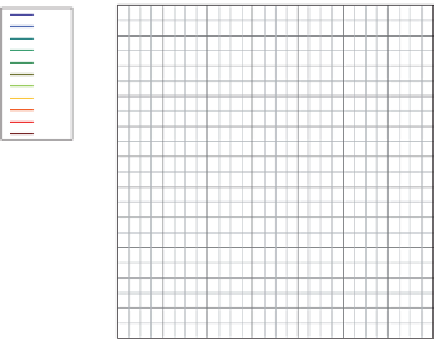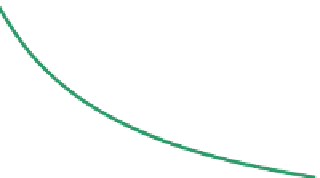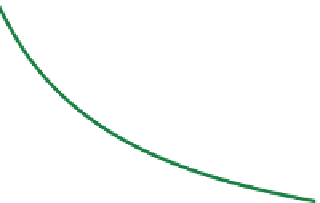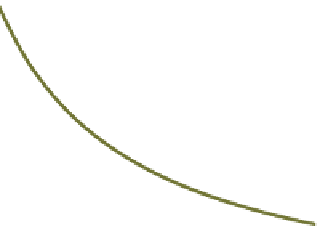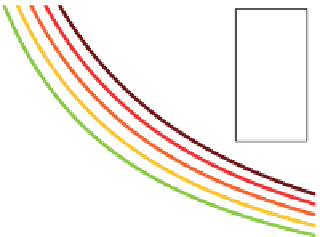Environmental Engineering Reference
In-Depth Information
entire 20 years. On the other hand, erecting wind turbines at poor sites is not encour-
aged. With offshore installations the compensation structure is similar, except that
other rates of compensation do exist and the higher rate remains in effect for at least
12 years. The compensation increases at a minimal rate if wind turbines make a
technical contribution to grid stability or when old wind turbines are replaced by
new ones (repowering).
The profi tability of a site is gauged by the number of full-load hours. A good inland
site achieves about 2000 full-load hours per year. In other words, a wind turbine
generates as much electricity at the site during the course of a year as if it were
operating 2000 hours at full load in one continuous segment of time.
Wind turbines at poor inland sites reach noticeably fewer than 2000 full-load hours.
It is easier to improve values in mountainous areas and at the coast. Offshore wind
turbines can reach 3000 full-load hours or even more.
Figure 8.18 shows electricity generation costs for wind turbines based on different
full-load hours. The assumption for all calculations is that the yearly operating and
maintenance costs amount to 5% of the investment costs.
0.22
0.22
800
1000
1200
1400
1600
1800
2000
2200
2400
2600
2800
800
1000
1200
1400
1600
1800
2000
2200
2400
2600
2800
0.20
0.20
0.18
0.18
0.16
0.16
0.14
0.14
€
/kW
€
/kW
0.12
0.12
0.10
0.10
0.08
0.08
0.06
0.06
0.04
0.04
0.02
0.02
return 0 %
return 6 %
0.00
0.00
1200
1600
2000
2400
2800
3200
3600
4000
1200
1600
2000
2400
2800
3200
3600
4000
full-load hours in h/a
full-load hours in h/a
Figure 8.18
Electricity generation costs for wind turbines based on full-load hours and investment
costs in
O
/kW.
Assumption: Annual operating and maintenance cost proportion is 5% of the investment cost.
Consequently, on the basis of an inland site reaching 2000 full-load hours and with
investment costs of 1200 euros per kilowatt (O/kW), the generating costs amount to
8 cents per kilowatt hour (0.08 O/kWh) - resulting in an overall return of 6%. This
is the minimum return that should be accepted to cover the fi nancial risks involved.
For an offshore wind farm with 3400 full-load hours per year and investment costs
of 2800 O/kW, the generating costs are over 0.11 O/kWh. As the risk involved for
the fi rst offshore wind farms is considerably higher than for those on mainland sites,
the cost must be offset by a higher return. This will affect the economic feasibility
of a project, which explains the hesitation to develop offshore wind farms before

